Results
-
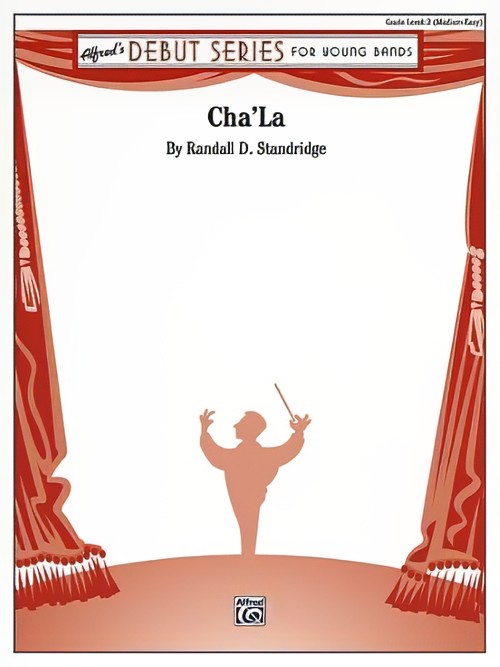 £53.95
£53.95Cha'La (Concert Band - Score and Parts) - Standridge, Randall D.
Cha'La: Dance of the Volcano Goddess is intended to be an evocative, dramatic work for young band. The piece incorporates chanting, clapping, driving rhythms and dissonant harmonies to create a cinematic portrait of this imaginary island.
Estimated dispatch 7-14 working days
-
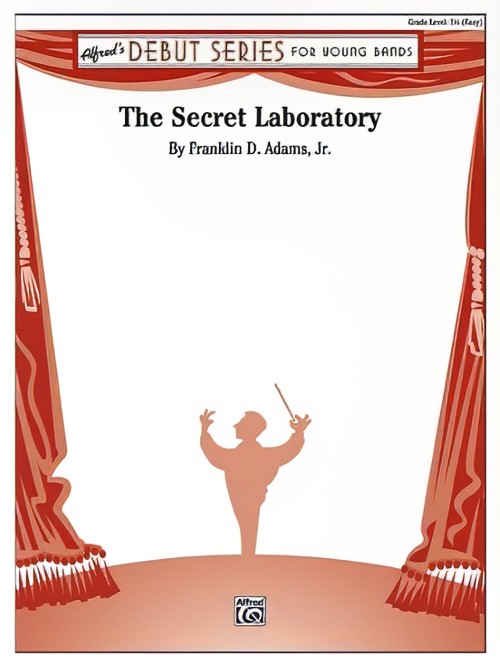 £52.95
£52.95The Secret Laboratory (Concert Band - Score and Parts) - Adams Jr, Franklin D.
Late one stormy night in a dusty old mansion, a mad scientist is hard at work in his hidden laboratory. The moments tick by as he waits for just the right opportunity to harness the power of the lightning storm... explore the mysteries of The Secret Laboratory!Duration: 2.00
Estimated dispatch 7-14 working days
-
 £46.95
£46.95Maya: The Lost Empire (Concert Band - Score and Parts) - Lopez, Victor
Reminiscent of ancient traditions, this composition highlights the Maya Empire, which holds the record for the longest running empire: almost 3,500 years. Teaching opportunities include shifting tempo and form including a D.S. al coda, and the notation is easily accessible for your first concert. A fascinating composition.Duration: 2:00
Estimated dispatch 7-14 working days
-
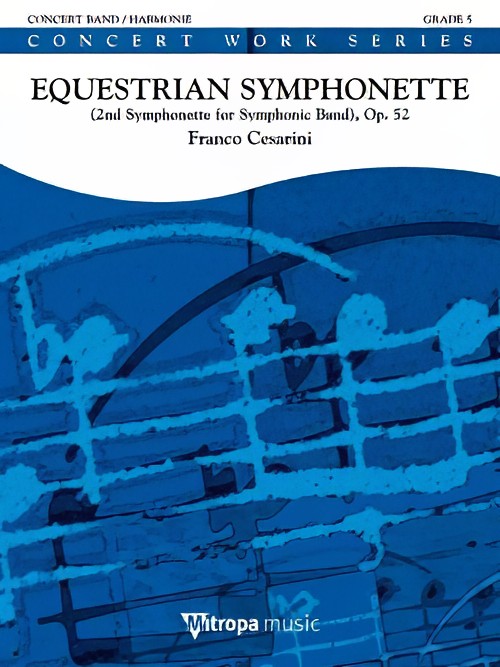 £179.99
£179.99Equestrian Symphonette (Concert Band - Score and Parts) - Cesarini, Franco
Equestrian Symphonette was written for the Orchestre d'Harmonie de Laval, France. Laval is the capital town of the department of Mayenne, and the surrounding countryside is home to many thoroughbred race horse stables. The composition incorporates the principal gaits of the horse (walk, trot, canter and gallop) as the musical cornerstones of this work and incorporates into the composition colourful depictions of the natural environment and surroundings as well as the characteristics of each stride. Interesting rhythmical patterns, together with rich melodies, are interwoven throughout this original piece which makes it an excellent choice for a contest or as an enterprising part of your concert.Duration: 12.00
Estimated dispatch 7-14 working days
-
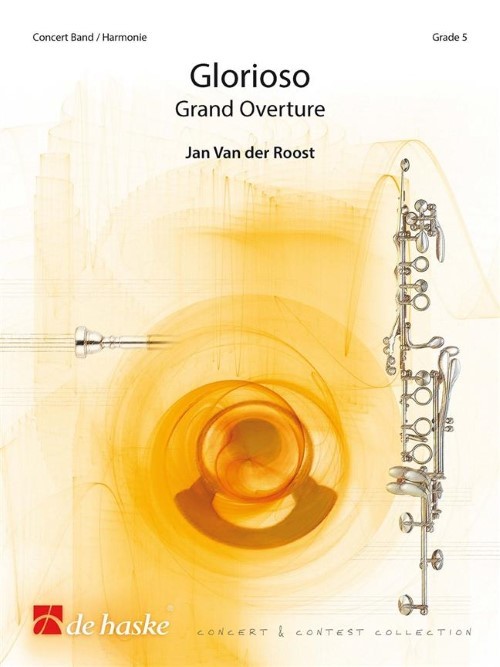 £224.99
£224.99Glorioso (Concert Band - Score and Parts) - Van der Roost, Jan
Glorioso was commissioned by, and is dedicated to, the Siena Wind Orchestra. The work opens after a short aleatoric intro, with an energetic and brassy one tone fanfare. The note F acts as an omnipresent note, and is also used as a bridge into the second, rather static movement. A noble sounding theme leads to an impressive climax, shortly followed by the spectacular and virtuoso finale, which is built on the musical elements that have been heard before. Stylistically, this sparkling finale is clearly influenced by Dmitri Shostakovich, hence the use of the famous signature used by the Russian Master: C, D, E flat, B (or C flat). A glorious finish to a special work that highlights various facets of the modern concert band.Duration: 15.30
Estimated dispatch 7-14 working days
-
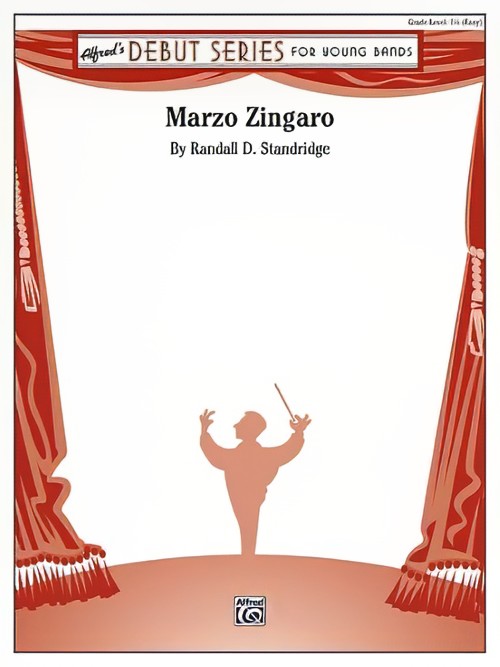 £52.95
£52.95Marzo Zingaro (Concert Band - Score and Parts) - Standridge, Randall D.
Marzo Zingaro by Randall Strandridge seeks to portray the image of a lone wanderer, happily marching across the Italian countryside. The first strain portrays a more daring mood, while the trio and finale portray a happier style. Duration: 2.15
Estimated dispatch 7-14 working days
-
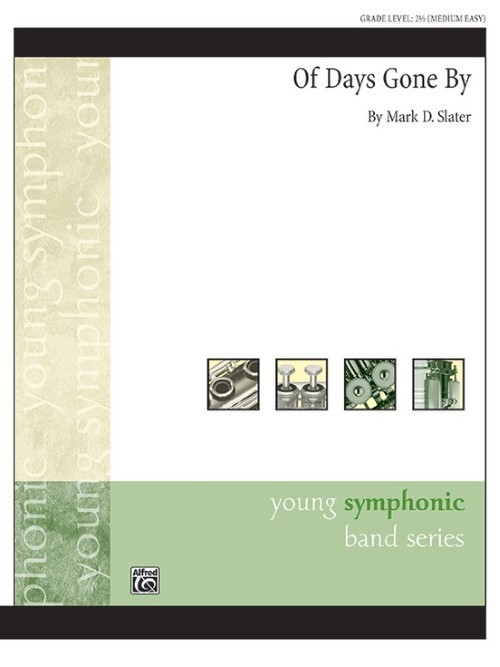 £53.95
£53.95Of Days Gone By (Concert Band - Score and Parts) - Slater, Mark D.
Here is a beautiful ballad allowing bands to showcase their musicianship. A reflective and sensitive melody leads to a heroic climax contrasted by a secondary woodwind theme. Delicate percussion scoring enhances the composition. Duration: 4.30
Estimated dispatch 7-14 working days
-
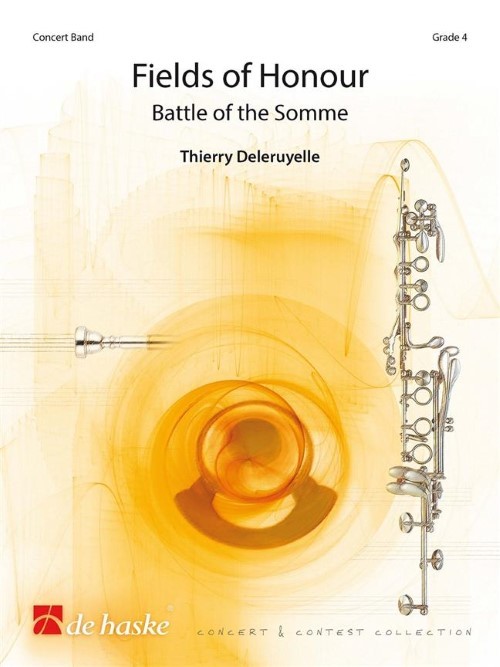 £144.99
£144.99Fields of Honour (Concert Band - Score and Parts) - Deleruyelle, Thierry
Fields of Honour was commissioned by 'l'Orchestre d'Harmonie de Beauquesne', France, and tells the story of the terrifying Battle of the Somme during WW1, with more than one million of victims. The music depicts the events prior to the battle until the time after it. This impressive composition has the structure of a symphonic poem and is highly dramatic and emotional, offering challenges to all instrument groups.Duration: 11.00
Estimated dispatch 7-14 working days
-
 £87.50
£87.50Winds of Change (Concert Band - Score and Parts) - Standridge, Randall D.
In recent years, Oklahoma has seen a great increase in the development of wind energy. This development in sustainable energy sources and the winds that flow across the great state serve as the inspiration for this composition. The piece begins by depicting the great open spaces that stretch for miles across the Oklahoma landscape. Small gusts of wind (represented by scalar and arpeggiated passages in the mallets and woodwinds) dance across the landscape. The piece picks up pace as the wind races across the land, turning the turbines and charging towards the future.Duration: 5:30
Estimated dispatch 7-14 working days
-
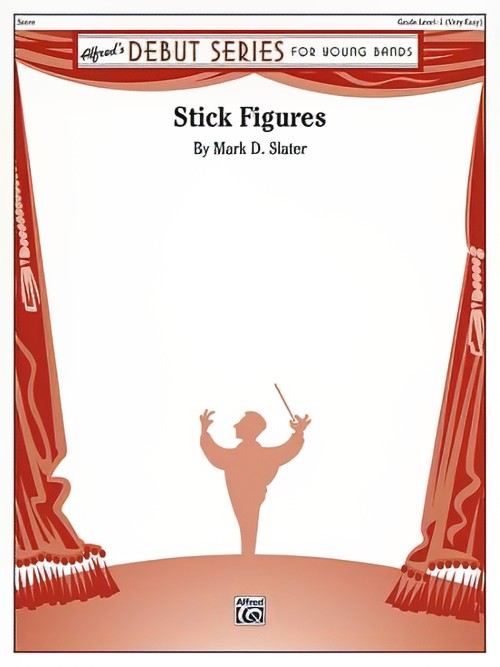 £48.95
£48.95Stick Figures (Concert Band - Score and Parts) - Slater, Mark D.
Everyone wants to be a drummer! This exciting composition provides that opportunity to the entire wind section in a call-and-response section utilising rhythm sticks. The title also refers to the use of paradiddles in the non-melodic percussion parts. It's the perfect piece to solidify eighth note rhythms and articulations.Duration: 2:15
Estimated dispatch 7-14 working days
